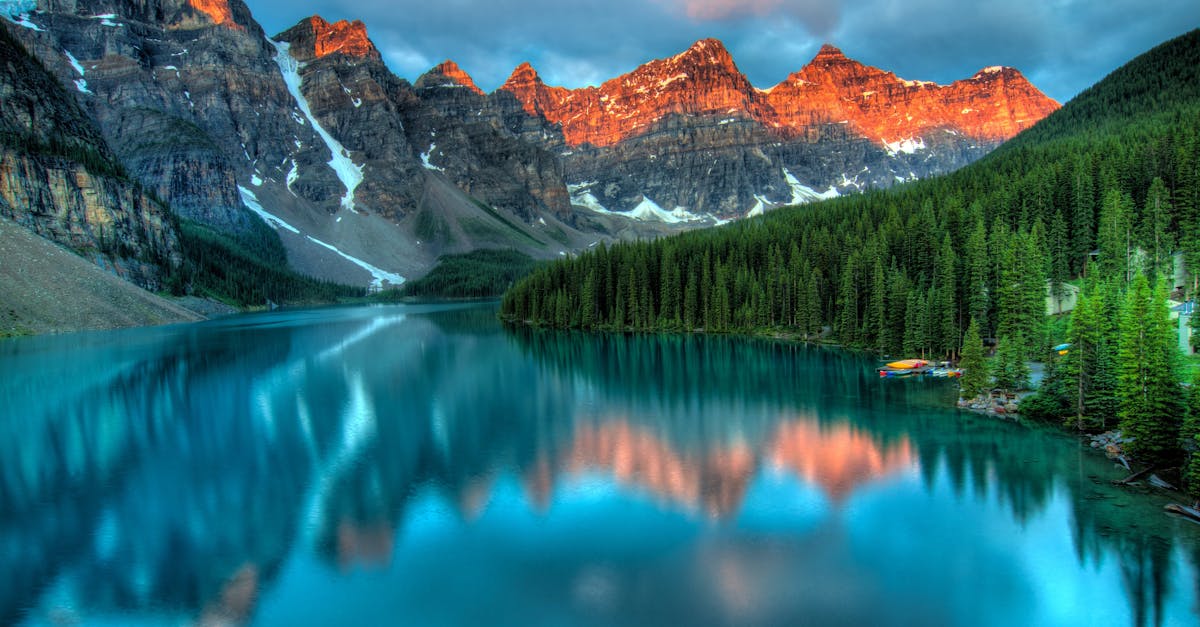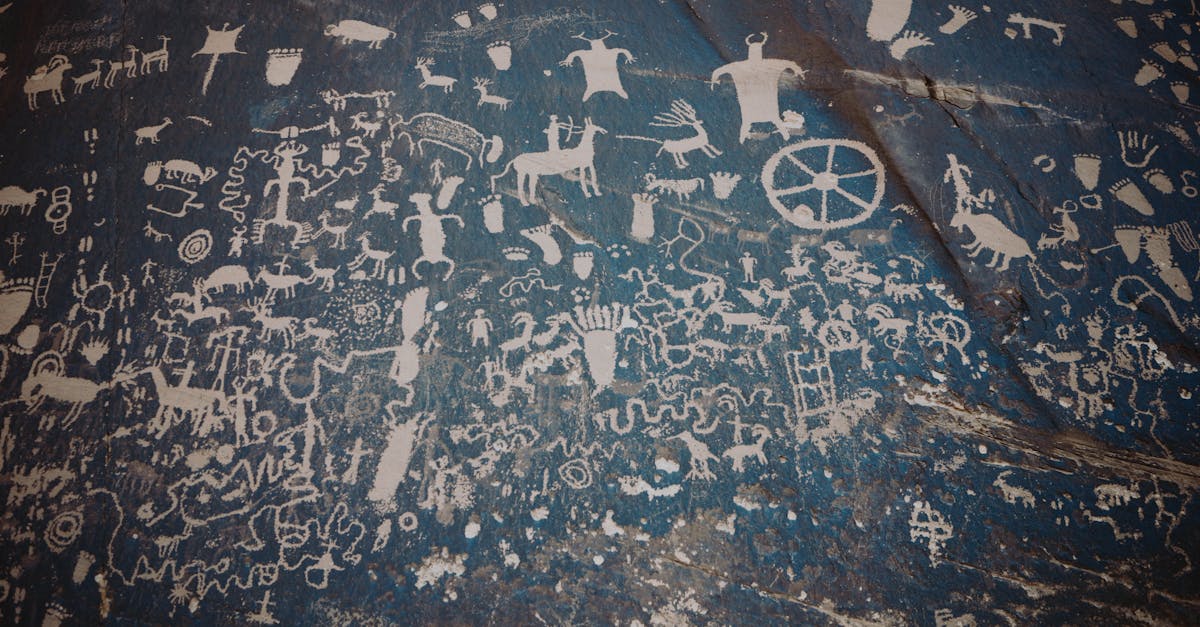Key Takeaways
- Arches National Park in Utah is a must-visit destination for nature lovers, offering stunning red rock formations and over 2,000 natural sandstone arches. The Delicate Arch is the park’s iconic symbol and a popular spot for hikers.
- Bryce Canyon National Park is known for its unique geological features, including towering hoodoos and sprawling amphitheaters. Hiking trails cater to all levels of experience, offering a unique and unforgettable experience.
- Canyonlands National Park showcases the raw power of erosion, creating deep canyons, towering mesas, and soaring cliffs. The park is divided into four districts, each offering a unique experience for outdoor enthusiasts.
- Capitol Reef National Park features the Waterpocket Fold, a remarkable uplift that stretches for nearly 100 miles and offers colorful cliffs, canyons, and domes. The park is perfect for hiking, camping, and scenic drives along the Capitol Reef Scenic Byway.
- Zion National Park is known for its majestic red rock cliffs, dramatic canyons, and diverse wildlife. With over 150 miles of hiking trails and a scenic drive along the Zion Canyon, there’s something for everyone to enjoy.

Arches National Park
Arches National Park is a stunning wilderness area located in Eastern Utah. With its captivating red rock formations and over 2,000 natural sandstone arches, it is a must-visit destination for nature lovers and outdoor enthusiasts.
- Official Website: Arches National Park
The Delicate Arch (pictured above) is perhaps the most iconic feature of the park and serves as its symbol.
Standing at 52 feet tall, it is a remarkable sight and a popular spot for hikers.
The park also offers various hiking trails that cater to different skill levels, allowing visitors to explore the unique world and discover hidden gems.
A visit to Arches National Park offers a remarkable opportunity to witness the power of natural erosion. Over millions of years, wind and water have sculpted the sandstone cliffs into awe-inspiring arches, pinnacles, and rock formations. The park’s incredible geology is a constant reminder of the ever-changing nature of our planet.
Plus to its breathtaking natural beauty, Arches National Park also boasts a diverse array of wildlife.
Keep an eye out for mule deer, coyotes, and various species of birds during your visit.
Remember to respect the wildlife and keep a safe distance to ensure their well-being and your own safety.
Whether you are looking to take a scenic drive, begin on a challenging hike, or simply enjoy the serenity of nature, Arches National Park offers something for everyone.
Plan your visit and immerse yourself in the wonders of this remarkable national park.
Bryce Canyon National Park
Bryce Canyon National Park is another remarkable wilderness area located in Utah.
This stunning park, known for its unique geological features, attracts visitors from around the world.
With its towering hoodoos and sprawling amphitheaters, Bryce Canyon offers a truly surreal and otherworldly experience.
The main attraction of the park is the Bryce Amphitheater, which is home to a collection of vibrant colored hoodoos.
These tall, thin spires of rock create a breathtaking and awe-inspiring world that is sure to leave a lasting impression.
The park also boasts numerous scenic viewpoints, allowing visitors to marvel at the stunning vistas from different perspectives.
One of the most popular activities in Bryce Canyon National Park is hiking. The park features an extensive network of trails that cater to hikers of all levels. Whether you’re a seasoned adventurer or a casual nature lover, there’s a trail for you. Some of the notable hikes include the Navajo Loop Trail, the Queens Garden Trail, and the Fairyland Loop Trail.
While exploring the park, keep an eye out for the diverse wildlife that calls Bryce Canyon home.
You may spot mule deer, elk, or even the elusive mountain lion.
Birdwatchers will also have a field day as the park is home to a variety of bird species.
To learn more about Bryce Canyon National Park, you can visit the official website.
Also, for detailed information on hiking trails and other activities within the park, you can check out the National Park Service website.
Both of these sources provide valuable information to help you plan your visit.
Summarizing, Bryce Canyon National Park offers a captivating world with its towering hoodoos and stunning amphitheaters.
Exploring the park’s hiking trails provides a unique and unforgettable experience.
Don’t forget to keep an eye out for the diverse wildlife that calls this park home.
Plan your visit and immerse yourself in the natural wonders of Bryce Canyon National Park.

Canyonlands National Park
Canyonlands National Park is one of the incredible national parks that Utah has to offer.
It’s a place where nature showcases the raw power of erosion, creating a world of deep canyons, towering mesas, and soaring cliffs.
This park is divided into four districts, each offering its own unique experience.
The Island in the Sky district is known for its sweeping overlooks, offering breathtaking views of the canyons and the Green and Colorado Rivers.
In the Needles district, you’ll find an intricate network of trails that wind through an enchanting maze of colorful sandstone spires.
The Maze district is a true wilderness area, perfect for adventurous souls seeking solitude and remote exploration.
And in the Rivers district, you can begin on an unforgettable river rafting adventure down the iconic Colorado River.
The park offers a range of activities for outdoor enthusiasts.
Hiking is a popular way to explore Canyonlands, with trails that cater to all levels of experience.
Whether you’re looking for a leisurely stroll or a challenging multi-day trek, you’ll find a trail that suits your preferences.
Visitors can also enjoy camping, off-road biking, and stargazing in this vast and unspoiled wilderness.
To make the most of your visit, be sure to check out the official Canyonlands National Park website for detailed information on the different districts, camping options, and permitted activities.
You can also visit the National Park Service website for additional resources and updates.
Plan your trip to Canyonlands National Park and immerse yourself in the awe-inspiring beauty of Utah’s remarkable landscapes.
Remember to respect the park’s regulations and leave no trace as you explore this natural wonder.
Learn more about Canyonlands National Park
Capitol Reef National Park
Capitol Reef National Park is another breathtaking wilderness area in Utah that offers a unique and captivating experience.
Located in south-central Utah, this park is known for its stunning geological formations, rugged landscapes, and rich cultural history.
The park showcases a remarkable uplift called the Waterpocket Fold, which stretches for nearly 100 miles and features colorful cliffs, canyons, and domes.
This geologic marvel offers visitors the chance to explore a rugged and diverse world that has been sculpted over millions of years.
One of the highlights of Capitol Reef National Park is the scenic drive along the Capitol Reef Scenic Byway, which takes you through the heart of the park and offers spectacular views of the surrounding landscapes.
Along the way, you’ll encounter towering cliffs, ancient petroglyphs, and orchards that tell the story of the area’s early settlers.
For outdoor enthusiasts, Capitol Reef National Park offers a variety of activities such as hiking, camping, and stargazing.
The park boasts a network of trails that cater to all levels of experience, allowing visitors to explore the park’s hidden gems and breathtaking vistas.
From the easy and family-friendly Hickman Bridge Trail to the challenging and remote Lower Muley Twist Canyon, there is a trail for every adventurer.
To plan your visit and learn more about the park’s hiking trails, camping options, and permitted activities, you can visit the official Capitol Reef National Park website.
Also, the National Park Service website provides valuable resources and updates to help you make the most of your trip.
Immerse yourself in the awe-inspiring beauty of Capitol Reef National Park and discover the wonders of Utah’s extraordinary landscapes.
Remember to respect the park’s regulations, preserve its natural beauty, and leave no trace as you explore this remarkable natural treasure.
For more information on Capitol Reef National Park, you can visit the official website at www.nps.gov.

Zion National Park
Zion National Park is one of the most iconic and awe-inspiring national parks in Utah.
Known for its majestic red rock cliffs, dramatic canyons, and vibrant flora and fauna, it offers visitors a truly unforgettable experience.
Hiking is one of the most popular activities in Zion National Park.
With over 150 miles of trails ranging from easy strolls to challenging hikes, there is something for everyone.
One of the most renowned trails is the Angel’s Landing hike, which offers breathtaking views of the park from a stunning vantage point.
For those seeking a more leisurely experience, the park offers a scenic drive along the Zion Canyon Scenic Drive.
This 6-mile route takes you through some of the park’s most remarkable landscapes, allowing you to appreciate the beauty of the canyon from the comfort of your car.
Wildlife enthusiasts will also be delighted by the diversity of animals that call Zion National Park home.
From mule deer and bighorn sheep to California condors and golden eagles, there is always a chance to spot some fascinating creatures during your visit.
To plan your trip to Zion National Park and learn more about the park’s regulations and visitor information, be sure to check out the official Zion National Park website.
It provides detailed information about hiking trails, camping options, and park services.
As with any national park, it is crucial to preserve the natural beauty of Zion and respect the park’s rules.
Take nothing but photographs, leave nothing but footprints, and ensure that future generations can also enjoy this remarkable natural treasure.
For more information about Zion National Park’s stunning landscapes and unique experiences, you may also visit the National Park Service website.

